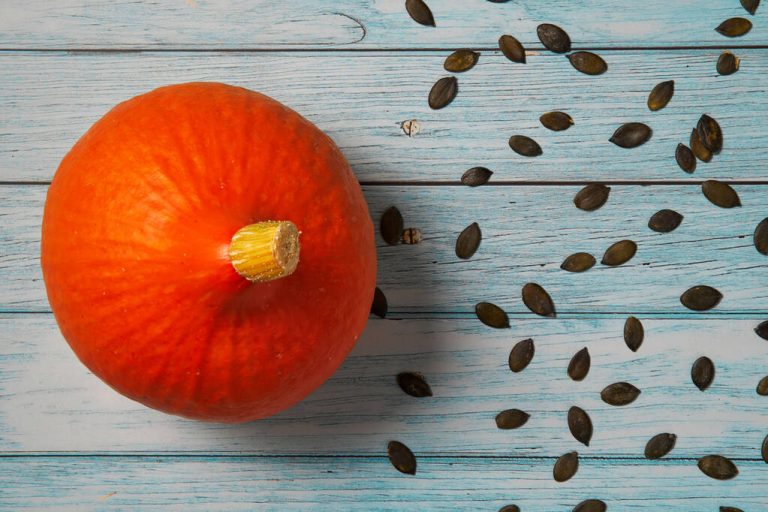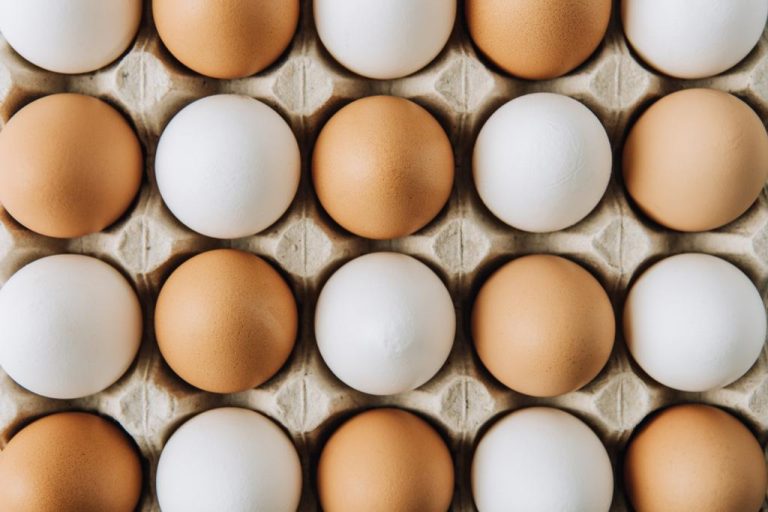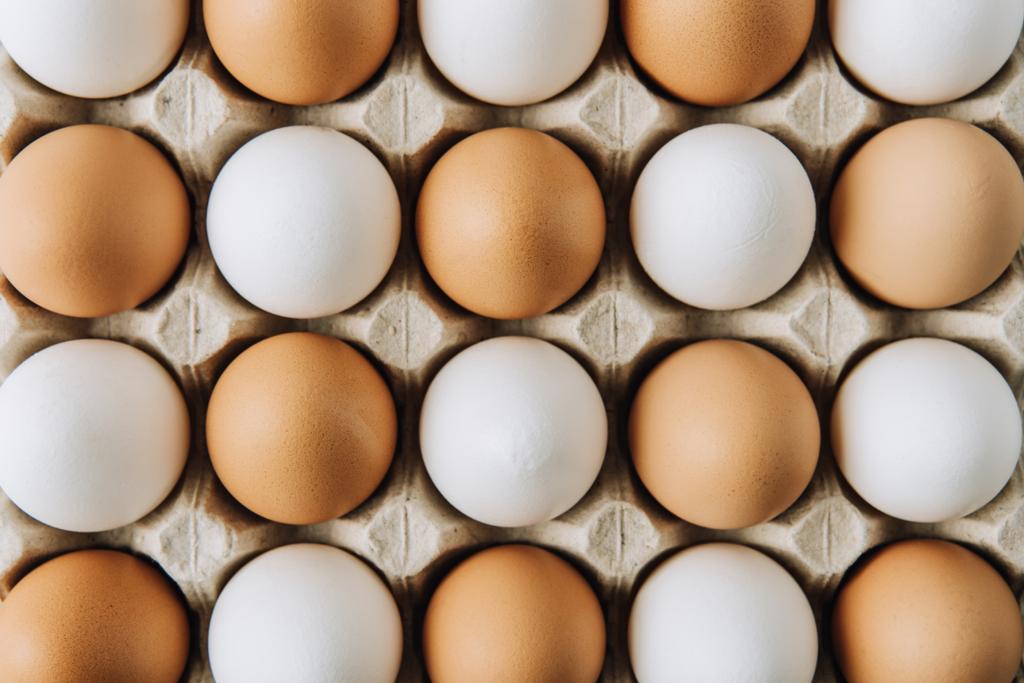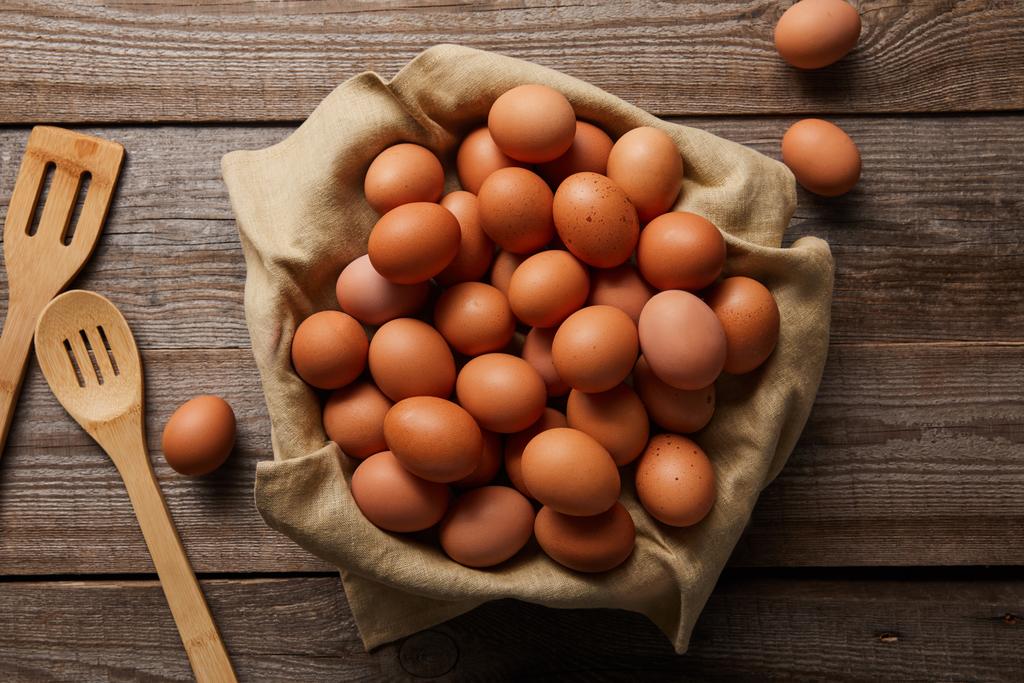The Hokkaido pumpkin is one of the most popular pumpkin varieties. Not only is it healthy and tasty, it is also versatile and easy to prepare, as in most cases it does not need to be peeled.
Spherical, rather small to medium-sized and bright orange: This is what the Hokkaido pumpkin looks like. Its aroma is slightly nutty, somewhat sweet and reminiscent of chestnuts, its flesh is juicy, buttery and low in fibers. The Hokkaido pumpkin is not only healthy (it offers a lot of vitamin A and potassium, for example), but also versatile: Whether as a soup, fried, grilled, baked, pureed or finely grated raw in salads – the Hokkaido pumpkin can do everything make and always tastes good.
Many amateur cooks initially shy away from pumpkins because they want to avoid the time-consuming peeling process. But what about this pumpkin – does Hokkaido have to be peeled?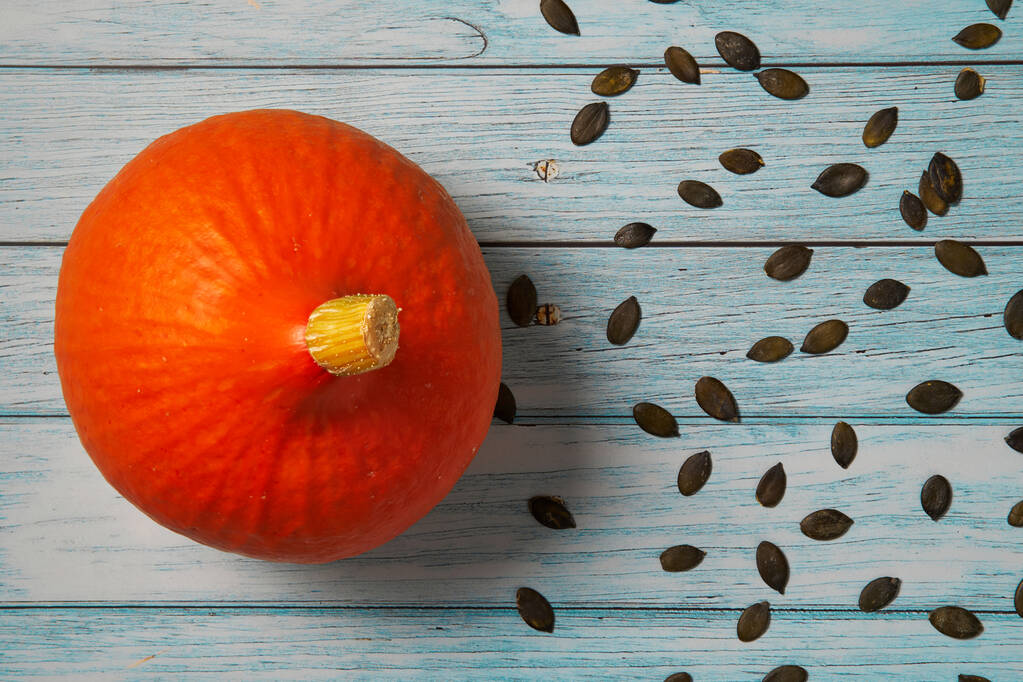
Peel Hokkaido pumpkin: necessary or superfluous?
With some types of pumpkin, you really can’t avoid peeling: their skin is so hard and thick that it is difficult to digest and could lead to stomach upset. These varieties include, for example, snake gourds. With many other pumpkins, it is purely a matter of taste whether the skin stays on or not.
The Hokkaido pumpkin, which is not considered particularly easy to prepare for nothing, does not have to be peeled:
It has a very thin and easily digestible skin, which can also be eaten raw.
With most cooking and cooking methods, the peel also becomes so soft that it does not interfere with chewing.
Exceptions could be:
Potato cakes/pancakes: Because potato pancakes are only in the pan for a relatively short time, the skin may not soften completely.
Pureed soups: If you only prefer your soups to be very finely pureed, you can peel the Hokkaido pumpkin beforehand. Because depending on which kitchen appliance you use for pureeing, it is possible that small pieces of peel can still be found here and there in the soup.
The skin also gives dishes a more intense pumpkin flavor. And since most of the vitamins are located directly under the skin of many fruits (the Hokkaido belongs to the berry family), you also get a nutrient plus with the skin.

Conclusion: In most cases you do not need to peel the Hokkaido pumpkin. It’s the perfect type of pumpkin if you like it quick and easy to prepare. But you should pay attention to one thing:
It is best to buy organic Hokkaido pumpkins. In this way you avoid that there are pesticide residues on the shell, which are used in conventional agriculture and are suspected of being harmful to health. Pesticides are also a burden on the environment, the animals and the people who work with them. No pesticides are used for organic pumpkins. However, you should wash the squash well before preparing it to remove any impurities.

